Can Virtual Reality solve our food scarcity problem in the future?
World Population
Today’s world population is estimated at 7.4 billion as of August 2016. The United Nations projects it to reach 8 billion in 2024 and 10 billion in year 2056.
Top 20 countries with the most population
At the dawn of agriculture, about 8000 B.C., the population of the world was approximately 5 million. Over the 8,000-year period up to 1 A.D. it grew to 200 million (some estimate 300 million or even 600, suggesting how imprecise population estimates of early historical periods can be), with a growth rate of under 0.05% per year.
A tremendous change occurred with the industrial revolution: whereas it had taken all of human history until around 1800 for world population to reach one billion, the second billion was achieved in only 130 years (1930), the third billion in less than 30 years (1959), the fourth billion in 15 years (1974), and the fifth billion in only 13 years (1987).
During the 20th century alone, the population in the world has grown from 1.65 billion to 6 billion. In 1970, there were roughly half as many people in the world as there are now and because of declining growth rate, it will now take over 200 years to double again.
Food Supply
Taking into account a growing population and shifting diets, the world will need to produce 69 percent more food calories in 2050 than we did in 2006.
We can’t just redistribute food to close the food gap. Even if we took all the food produced in 2009 and distributed it evenly amongst the global population, the world will still need to produce 974 more calories per person per day by 2050.
But we can’t just produce more food in the same way as today—we also must reduce food’s environmental impact. Agriculture contributes nearly one-quarter of global greenhouse gas emissions, uses 37 percent of landmass (excluding Antarctica), and accounts for 70 percent of all freshwater withdrawn from rivers, lakes, and aquifers.
Another major challenge is biofuels’ competition for land and crops. Producing 10 percent of all transport fuels from biofuels by 2050, as planned by some governments, would require 32 percent of global crop production but produce only 2 percent of global energy.
Solution
As humans, we tend to always find solutions when it comes our survival (or else we wouldn’t be here today…). Though we do make an environmental impact on earth, and even rather a nefarious actually but that’s out of scope for this article, can we find a solution for this?
One can contemplate a need to change our diets (eat less energy consuming food such as livestocks), optimize our crop yield, improve our land and water management (with techniques such as agroforestry, intercropping, crop rotation) increase aquaculture’s productivity (as wild fish catches have plateaued, aquaculture has expanded, producing nearly half of fish consumed in 2009).
It is obvious that a single solution isn't enough to create a sustainable food future, but what we are talking about here is really the idea to increase our food supply with an quasi-equal amount of food land. But what if we can dramatically increase our food land with near-future technological capabilities.
…what?
Think about it… it may be too early to tell but what if Virtual Reality can free up some land. and make some infrastructures obsolete. What if instead of having to go to work, physically, and work in large corporate buildings just to interact with co-workers you can actually stay at home, put on your VR glasses/helmet and go by your day as you would at your workplace. You would hear, talk, see everything just as you would at work. Even better, your company could improve the workplace digitally, or give you the option to customize your desk or office. You would just need to change some lines of codes…
Imagine a world where all corporate buildings and workplaces are eradicated and replaced by farmland.
What if all of these buildings become Farmland floors that would stack up on each other. Water management would be modern enough to irrigate all the floors. Data analytics would be set up to provide yield optimization for each square meters of crop.
But again, this is just an idea… and a lot of implications have been omitted in this article but you get the point...
What do you think?
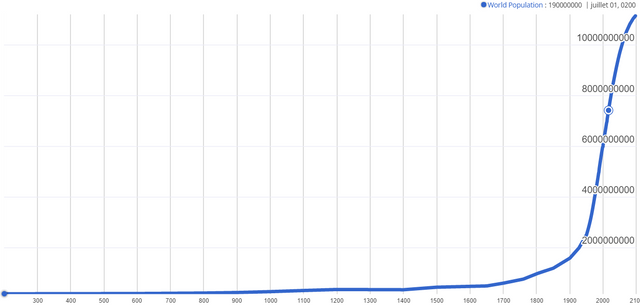
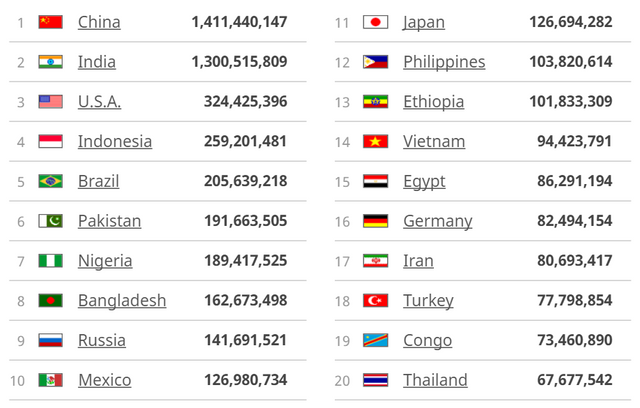
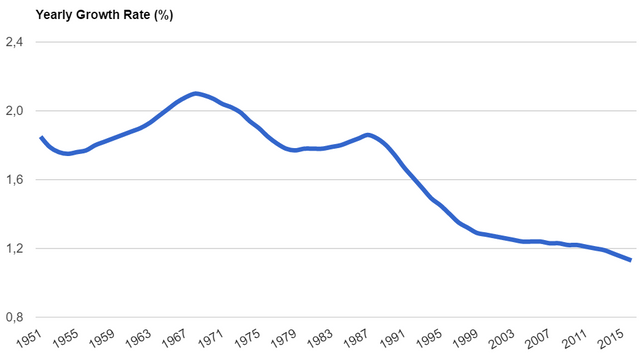
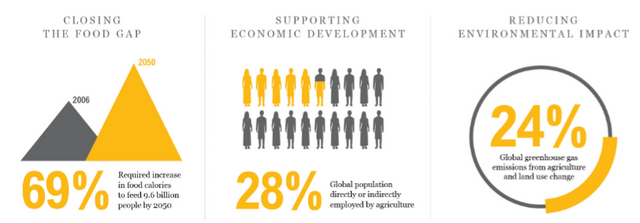

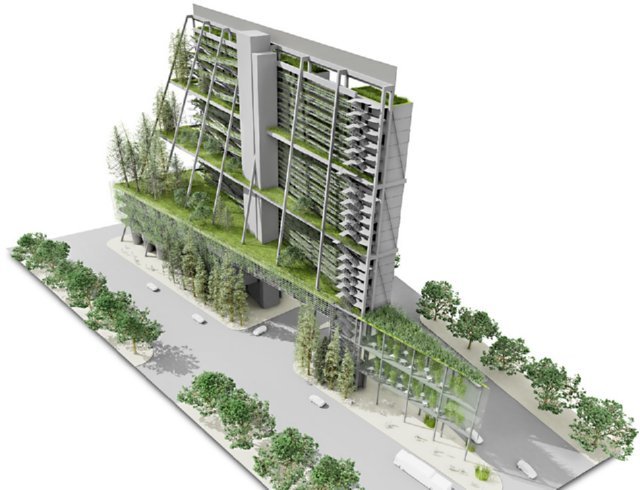
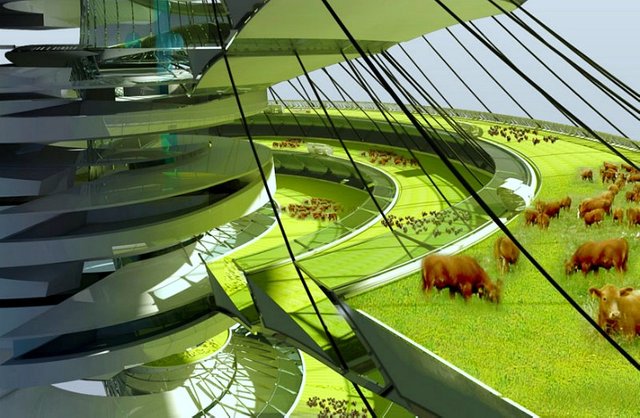
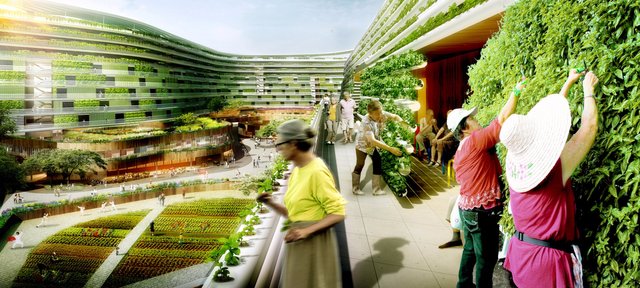
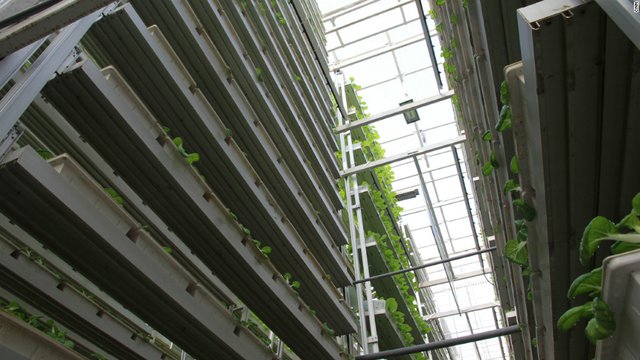
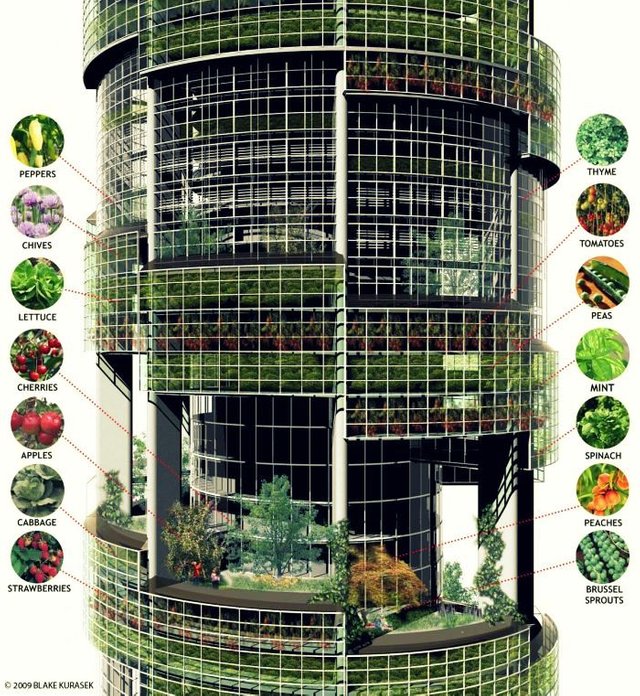
I want to do this very much.